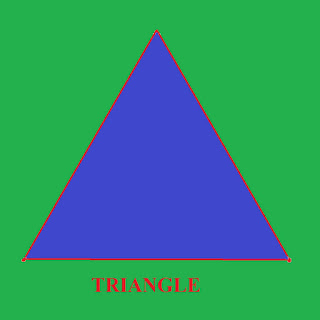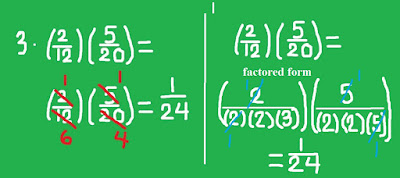Integers are signed numbers which consists of positive numbers, negative numbers and zero.
To add integers it is grouped into two 1) addition of integers with the same signs 2) addition of integers with unlike signs.
Addition integers with like signs
get the sum of the integers and affix the common sign
examples
1. (-2) + (-12) =
-14 the common of both integers is negative since -2 and -12 , upon
getting the sum or total affix the common which is negative
before
the number.
2. 15 + 25 = 40 both numbers are positive so the common sign is positive.
if no sign is indicated in the answer it's positive.
3. (-5) + (-4) + (-7) =
-16 getting the sum of integers the affix the common sign which is
negative
before the number.
Addition of integers with unlike signs
Subtract from highest integer absolute value to the smaller integer absolute value and affix the sign
of integer with greatest absolute value to the answer.
Examples:
1. (-12) + 9 =
-3 the absolute value /
-12/ = 12 while /9/= 9 so 12- 9 = 3 then
affix
the sign of higher integer absolute value to the answer
2. 20 + (-15) = 5 the absolute value of /20/ = 20 while /-15/ = 15 so 20-15 = 5 then
affix sign of higher integer absolute value to the answer.
Visual examples:

1. (-4)
+ (-6 ) two groups of negative hexagons
combined together indicated by
plus sign
the negative pentagon arranging for easy counting,
into one group the sum of negative pentagon is -10
2. 5 + 3 the two groups of positive stars
to be combined together
grouping together arranging and counting, 8 positive stars

3. 4 + (-5) 4 green positive chips combined with 5 yellow
negative chips

arranging and eliminating pairs of positive and negative chips
so the remaining chips is only one negative yellow.
in real life situation it may be a group of singles, then married
so eliminated to singleness. the only remaining single is one
female if + is male .
if yellow chips are amount to be paid with + signs. the remaining
one negative. so still in debt for one chip.
to be continued....
contact us
pepitodalupe@gmail.com


















































